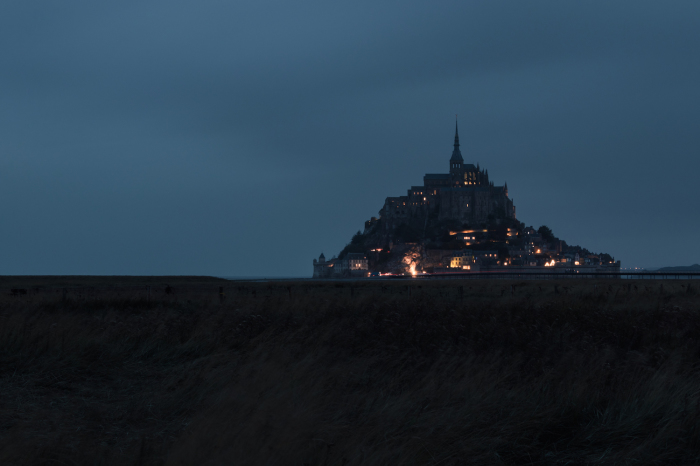Travel: 3 places in Europe to visit for religious heritage
Now is the time to plan that trip to Europe, with the peak late spring and summer travel season just around the corner.
While just about anywhere in the Old World has notable religious heritage, the following three places have old churches or cathedrals that are worth planning a visit around.

Mont Saint-Michel, France
St. Michael’s Mount, as its name translates in English, is a tidal island off the French coast at the border of Normandy and Brittany.
Centered around a medieval abbey dedicated to St. Michael the Archangel, this is one of the most picturesque spots in all of France.
St. Aubert, the eighth century bishop of Avranches, built an oratory that eventually became the abbey. By the 11th century the number of religious pilgrims visiting was so great that the abbey was rebuilt into what you basically see today, though additions continued through the 15th century.
The religious foundation continued until revolutionary France and Emperor Napoleon, when Mont-Saint-Michel was converted into a prison. The prison closed just as historic preservation and modern tourism became popular in the late 1800s.
As with so many other destinations, Mont Saint-Michel is the kind of place you want to spend the night, as walking the cobblestone streets after day trippers depart is a completely different experience.

Gloucester, England
Gloucester seldom makes the listings of places to visit when in British Isles.
Those who know about this city in southwest England probably know it as the gateway to the Cotswolds. Others may know it’s by the ancient border with Wales.
Anchored by the Cathedral Church of St. Peter and the Holy and Indivisible Trinity, as Gloucester Cathedral is splendidly called, Gloucester is actually a destination in its own right.
The cathedral itself is a modern creation — that is to say, it only became the seat of a bishop and thereby a cathedral at the time of the Reformation, when Henry VIII separated the Church of England from Rome and dissolved the deeply entrenched monasteries. The cathedral was one of the former abbeys under the old religion.
Of particular note are several church monuments, including the canopied effigy and tomb of Edward II, king of England from 1307 until his abdication in 1327. Then there’s the great east window, which is truly great. As big as a tennis court, it was supposedly the largest window in the world at the time of its installation in the 1350s. Among the medieval stained glass are depictions of Christ in majesty and the Virgin Mary.

Trier, Germany
It’s hard to find a more consequential place in the history of the Western church than Trier, Germany.
Situated on the banks of the Moselle River in southwestern Germany is a truly ancient city. Established by the Romans, this was the imperial seat from which Emperor Constantine the Great reigned.
Repurposed and restored is the Basilica of Constantine, which, back in the day, served as the emperor’s throne room. Today, the massive brick edifice houses a Lutheran church.
The big draw is the High Cathedral of St. Peter.
Dating to the fourth century when it was built over the palace of Constantine’s mother, Empress and later St. Helena, this is the oldest cathedral in all of Germany. The cathedral is a panoply of architectural styles — the brick on north and south walls at the transepts is original to the Romans — thanks to the power and wealth of Trier’s Roman Catholic archbishops, who reigned supreme both spiritually within the church and secularly in temporal affairs. Today, the holder of the bishopric is a mere suffragan bishop.
Helena is credited with bringing several holy relics to Trier. Among the relics is the robe Jesus Christ is said to have worn before or during his crucifixion.
Dennis Lennox writes a travel column for The Christian Post.
Dennis Lennox writes about travel, politics and religious affairs. He has been published in the Financial Times, Independent, The Detroit News, Toronto Sun and other publications. Follow @dennislennox on Twitter.





























